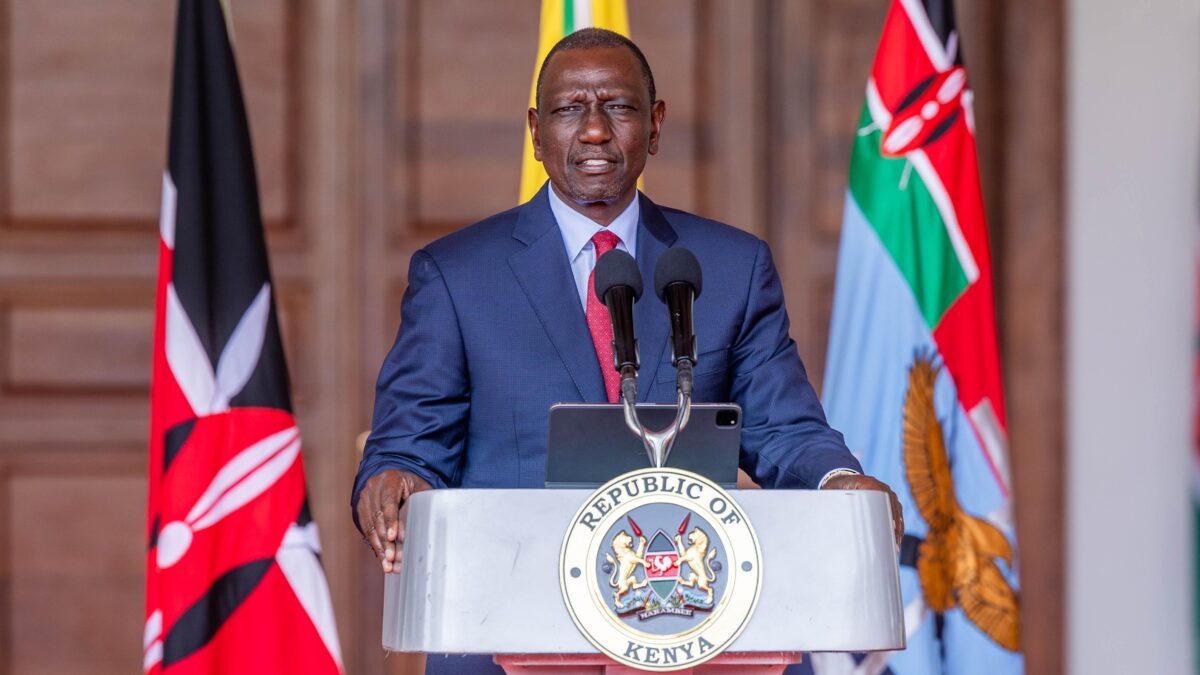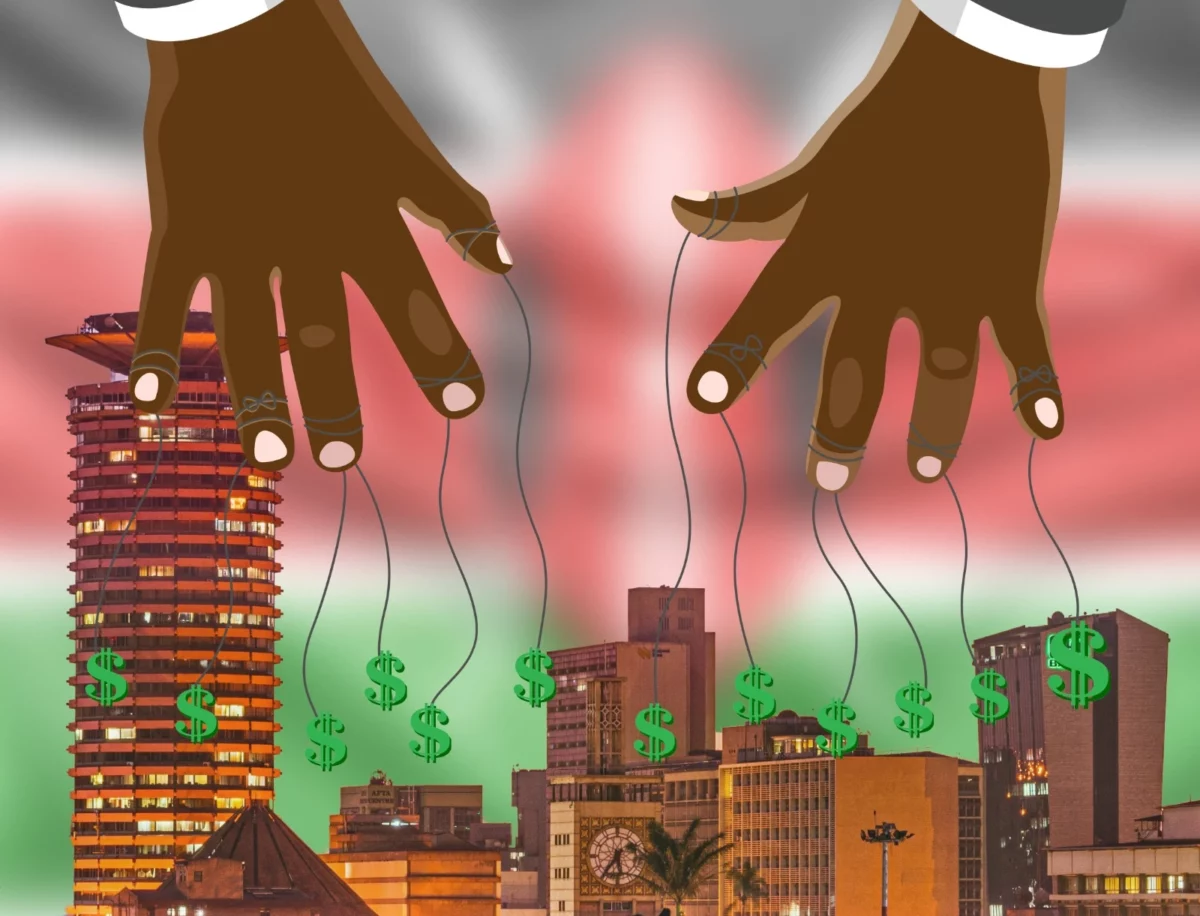Kenya’s economy expanded by 5.3% in the first three months of 2023, down from 6.2% in the same period last year.
The country’s external public debt also increased by 15.5% over the same time period, rising from Ksh 4.08 trillion at the end of March 2022 to Ksh 4.71 trillion at the end of the first quarter of 2023.

The largest portion of this debt, which increased from Ksh 1.81 trillion to Ksh 2.2 trillion in multilateral loans, is Ksh 2.2 trillion. Kenya’s state debt has reached the Ksh 10 trillion maximum.
Read Also: Azimio raises more concerns over Kenya’s dwindling Economy
The National Treasury reports that in the first quarter of 2023, Kenya’s total balance of payments position deteriorated to Ksh 127.8 billion. The Kenya Shilling similarly lost 14.8% of its value against the US dollar during the same period, falling from Ksh 114.95 in Q1 2022 to Ksh 132.33 in Q1 2023.
In Q1 2023, export revenues rose by 9.4% to Ksh 233 billion, surpassing imports, which rose by 2.1% to Ksh 536.6 billion. During Q1 2023, export revenues from tea, iron and steel, titanium ores, and concentrates increased.
The amount spent on imports in the first quarter of 2023 was Ksh 589.8 billion, a 0.5% decrease from the same period in 2022. Reduced imports of machinery, iron, and steel as well as goods used in medicine and pharmaceuticals were to blame for this.
Oil and lubricant imports increased from Ksh 127.2 billion in Q1 2022 to Ksh 145.7 billion in Q1 2023, making up the highest portion of Kenya’s import bill (24.7%).
Subscribe to Switch TV for more informative content
Africa continued to be Kenya’s top export market, accounting for more than 43.1% of all exports, which increased from Ksh 82.2 billion in Q1 2022 to Ksh 100.2 billion in Q1 2023. Export revenue climbed to Ksh 58.2 billion in Q1 2023 from Ksh 53 billion in Q1 2022.











































